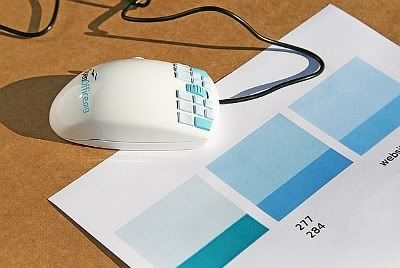Posted by: Mitchell H. Kirsch
Category: Ergonomics, Office Furniture
Tags: environment, Ergonomics, office, Office Furniture
Noise in Open Office Plans Kills Productivity.
Office cubicle stations beware: open office setups can be bad for corporate productivity. According to Julian Treasure, Chairman of sound consultancy The Sound Agency, the impact of sound on business is way out of proportion to the attention it’s been given so far.
Most organizations have no idea about the impact that sound makes on business, and therefore don’t seek to control it. But sound does affect workers on a very deep level – changing behavior in subtle ways for both good and ill.
In open office plans, Treasure notes, average ambient noise can drop productivity by over 60%. The good news, Treasure reassures us, is that workers in open office plans can triple average productivity just by wearing headphones playing the sounds of twittering birds.
Don’t take our word for it, listen to Treasure’s TED Talk below.


